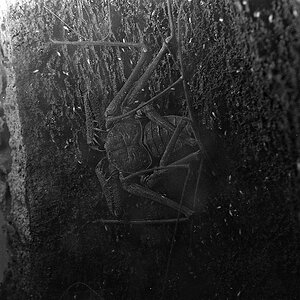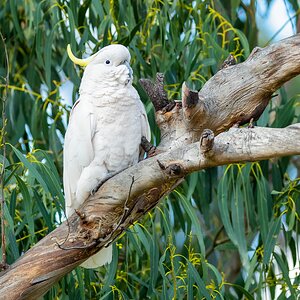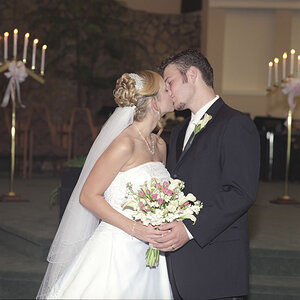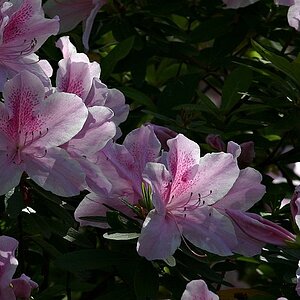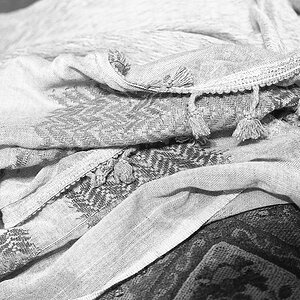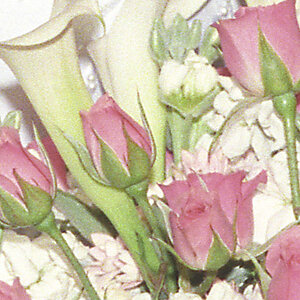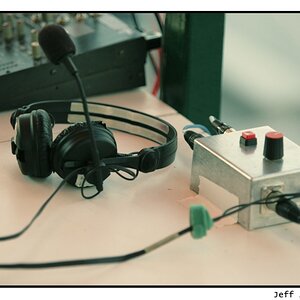Talonted90
TPF Noob!
- Joined
- Dec 26, 2007
- Messages
- 111
- Reaction score
- 0
- Location
- Owings Mills, MD
- Website
- flickr.com
- Can others edit my Photos
- Photos OK to edit
I do a lot of biological work in Central America and have had tremendous results using a single SB-600 mounted on top but I would really like to look into going into a dual flash set-up. If anyone uses this setup could you please chime in with everything that I am going to need aside from another flash as well as any tips you might have. I know that I need brackets and then some means of triggering the flash to fire. Any advice would be greatly appreciated.
Sample image from this summer
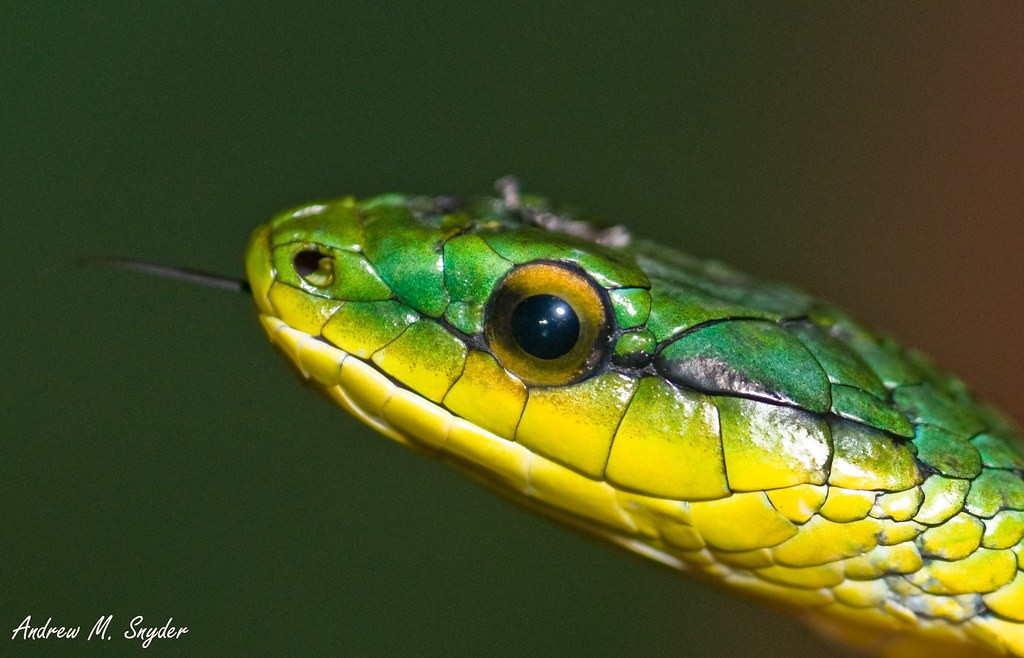
Sample image from this summer



